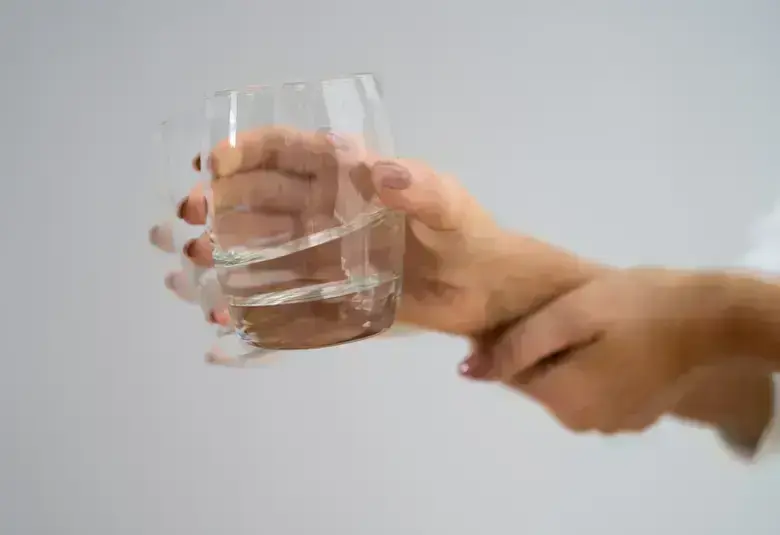Telemedicine is feasible and cost-effective, with comparable health outcomes and high patient and physician satisfaction, said Professor Ali Shalash, of the Ain Shams University, Cairo, Egypt speaking at the 2019 MDS Congress. Telemedicine has several applications in Parkinson’s disease and other movement disorders, and with advancing technology will allow more individuals to connect directly to health care or indirectly to the expertise that they need.
Why telemedicine for movement disorders?
Telemedicine or “healing at a distance” involves the remote delivery of healthcare services using telecommunications technology, and its primary purpose is to increase access to care.1
The burden of Parkinson’s disease (PD) and other movement disorders will increase rapidly, with the number of people living with PD projected to rise to nearly 9 million in the world’s 10 most populous nations by 2030 (from 4 million in 2005).2 Yet, the available resources for neurological disorders within most countries remain insufficient,3 and the demand for in-home care is likely to grow along with new emerging home-based care models that include remote and self-monitoring and multidisciplinary care.4,5
The application of telemedicine in PD will allow for remote consultation, synchronous motor assessment of PD6 remote synchronous follow-up visits, i.e. assessment at home or in nursing homes,7 the integration of wearable sensors and at home devices (telemetry),8,9 telerehabilitation of specific symptoms, e.g. speech,10 dysphagia,11 gait,12 the follow up of advanced therapies of PD13, 14, telepsychiatry,15 access to multidisciplinary care16 and increased service provision to improve outcomes.
The use of telemedicine in Parkinson’s disease has multiple applications and the potential to improve access to multidisciplinary care
Synchronous methods include teleconferencing and video conferencing to provide patient care or provider consultation and rely on a live audio-visual feed for the exchange of information. Asynchronous methods rely on store-and-forward technology – this includes email, transmission of still images or video recordings, smartphone assessments, or remote sensors –and are not reviewed in real time.17
Telemedicine in practice: a how to guide
As Chair of the Movement Disorders Society (MDS) Telemedicine Study Group, Dr Esther Cubo Delgado, Hospital University Burgos, Spain outlined 5 key steps involved in introducing telemedicine into movement disorders practice:18
- Obtain equipment and video visit software
- Ensure necessary licensure/registration
- Determine financial support
- Set up video exam rooms
- Conduct the visit.
The implementation of a multidisciplinary approach will require: a central heath record (if the patients is seen by different health care professionals), multidisciplinary consultations to be performed in a single visit, and asynchronous telemedicine utilizing emails/phone calls/texts in underserved areas with limited technology access.19
Other opportunities
There are large inequalities across regions and different income levels, with extremely scanty neurological healthcare resources in lower income countries requiring a need for substantial increase in neurology services and training.3 Tele-education may provide a way to address such inequalities, an example of which has provided tele-education in PD to healthcare providers in Cameroon.20
Telemedicine may help to address inequalities in provision of neurological healthcare across regions and countries with different income levels
Critical challenges
Critical challenges to address for the wider adoption of telemedicine in neurological disorders include the integration of systems for data monitoring with an easy-to-use, secure, and cost-effective platform that can be adopted by patients and healthcare systems. In future, integrated efforts from multiple stakeholders will be needed to develop an interoperable software platform capable of providing a holistic approach to care and reducing disparities in access to care.21
Our correspondent’s highlights from the symposium are meant as a fair representation of the scientific content presented. The views and opinions expressed on this page do not necessarily reflect those of Lundbeck.




